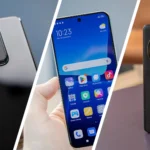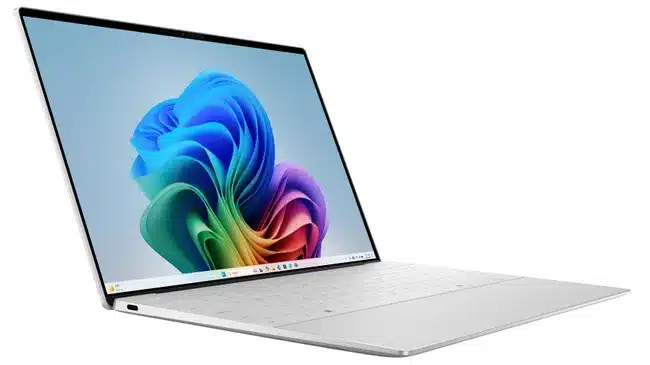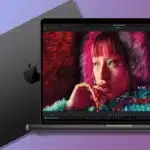In a surprising turn of events, LG has announced that its advanced Tandem OLED technology, initially spotlighted in the iPad Pro, will soon be making its way into a wider range of Windows laptops. This development marks a significant leap forward in display technology and places additional pressure on Apple’s MacBook lineup, which has yet to adopt OLED screens. As Windows laptops gain this cutting-edge display tech, the question arises: How will Apple respond to this new competitive challenge?
The Rise of OLED: Superior Display Quality
Organic Light Emitting Diodes (OLED) have long been celebrated for their superior display quality, offering richer colors, deeper blacks, and improved contrast ratios compared to traditional LCD screens. Tandem OLED, an advanced iteration of this technology, enhances these benefits by boosting brightness and lifespan, making it an ideal choice for portable devices like laptops and tablets. With LG bringing this technology to Windows laptops, users can expect an unparalleled visual experience that sets a new benchmark for display quality in the computing world.
Why OLED Matters: A Better User Experience
The shift to OLED technology in Windows laptops is more than just a spec upgrade; it represents a significant enhancement in user experience. OLED displays provide vivid color accuracy and high dynamic range, making them perfect for creative professionals who rely on precise visuals for their work. Moreover, the deep blacks and vibrant colors make everyday tasks, from browsing the web to watching videos, more enjoyable. As consumers become increasingly aware of these benefits, the demand for OLED-equipped devices is likely to surge, putting pressure on manufacturers to keep pace with the trend.
LG’s Strategic Move: Bridging the Gap

LG’s decision to expand Tandem OLED technology to Windows laptops is a strategic move that leverages its expertise in display manufacturing. By doing so, LG is not only enhancing its own product lineup but also bridging a significant gap in the market. While Apple has made strides with its Retina displays, the lack of OLED technology in its MacBooks could soon become a glaring omission. As more Windows laptops feature Tandem OLED, the contrast between Apple’s and its competitors’ display technology will become increasingly stark.
The Impact on Apple’s MacBook Lineup
For Apple, known for its innovation and market-leading products, the encroachment of OLED technology into the Windows laptop space represents a challenge. The MacBook lineup, despite its many strengths, could start to look dated in the eyes of tech enthusiasts and professional users who prioritize display quality. If Apple does not respond promptly with its own OLED-equipped MacBooks, it risks ceding ground to competitors that offer a more advanced visual experience.
Looking Forward: Potential Apple Response
Given Apple’s history of innovation and market leadership, it is unlikely that the company will ignore the advancements in OLED technology. Industry analysts predict that Apple may accelerate its development of OLED MacBooks, potentially integrating the technology into future models to stay competitive. Such a move would not only align with Apple’s commitment to providing top-tier hardware but also ensure that its MacBook lineup remains attractive to a discerning user base that demands the best in display technology.
A New Era of Display Technology
The introduction of Tandem OLED technology to Windows laptops by LG marks a pivotal moment in the evolution of laptop displays. This advancement sets a new standard for visual quality and challenges Apple’s MacBook lineup to innovate further. As the battle for display supremacy heats up, consumers stand to benefit from the heightened competition and the resulting improvements in technology. The future of laptops looks brighter and more vibrant, with OLED at the forefront of this display revolution.













